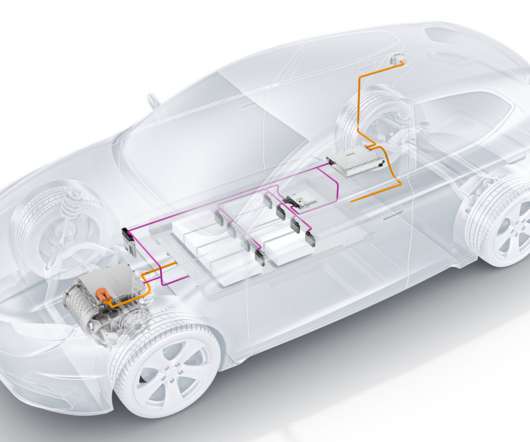EPA and NHTSA Issue Notice of Intent to Develop New Greenhouse Gas and Fuel Economy Standards for Light-Duty Vehicle Model Years 2017-2025; Proposal Expected by 30 Sep 2011
Green Car Congress
OCTOBER 1, 2010
The technology pathways are intended to show the different cost impacts of achieving different levels of stringency, if the industry were to place more or less emphasis on hybrids, plug-in hybrids, and electric vehicles as compared to advanced gasoline technologies and vehicle mass reduction. —Notice of Upcoming Joint Rulemaking.











Let's personalize your content